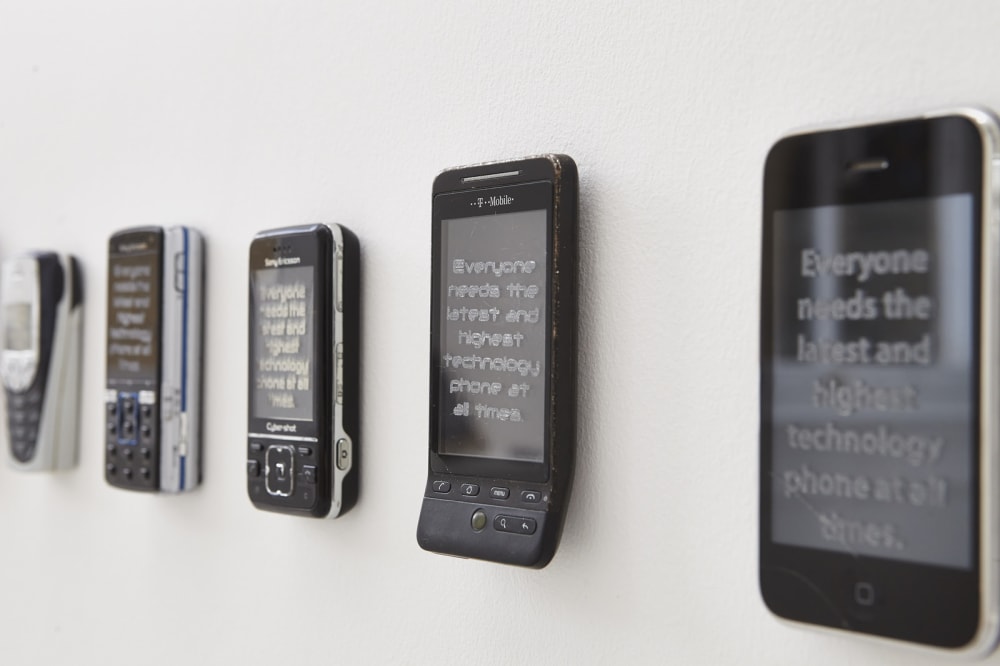
Machine Translation (MT) is when text or speech in one language is translated into another, using digital technology.
Here are some points to consider so you can use MT tools effectively and appropriately.
Check with your tutor about their expectations on MT tool use
Your tutor might want you to reference the use of MT tools or keep different versions of your work to show their use.
In some contexts it may be OK to use them, but not in others.
Take responsibility when using MT
Check any outputs from MT tools to make sure it means what you intended. Some people back translate a translation into the original language to check their intended meaning is still there, for example.
Be aware that MT tools can be less accurate when dealing with spoken language. If you’re using simultaneous translation for a lecture, be aware that there may be some mistranslations. E.g. the app may ‘hear’ “inventor” as “investor” and then mistranslate.
Use the best tool for the language pairing you’re working with. E.g. one app might work better translating from English to French but is less good at English to Hindi. It will depend on the training data the app has had access to.
Translating other people’s work and presenting it as your own is plagiarism. If you use someone else’s ideas or work, make sure you cite and reference appropriately. The work you submit should be your ideas and your academic voice. You should be able to explain anything in your work, if asked.
Use the tools to help your language skills
If you want to improve your English language skills, MT tools are most helpful if you use them actively. For example:
- you try to consciously remember new vocabulary and phrases that the tools provide.
- you use 2 apps to translate your original phrase and choose the output in English that you think best fits your original meaning.
Be aware that using MT, may reduce how much you practice some skills. E.g. using a written simultaneous translation to understand a lecture, reduces your listening skills practice; using an app to look up a word you hear and don’t know, means you haven’t practiced your questioning skills.
Think about your language inputs into the tools
- Avoid words and phrases that may have more than one meaning.
- Avoid infrequently used idioms.
- Use MT for individual words or phrases, not large chunks of text, so it still sounds like your voice.
Be aware of the impact MT tool use can have on others
Do people feel you are engaged and listening, if you're using an app in class? Is the app making noises that are distracting others?
Think about the ethical issues associated with the use of AI-powered tools
How will the tech companies running these apps use the text you run through the tool? We would advise that you do not enter any personal data into these apps.
Get more support
MT only helps with translation. Language Development and Academic Support can provide support for your academic language and communication skills more broadly.